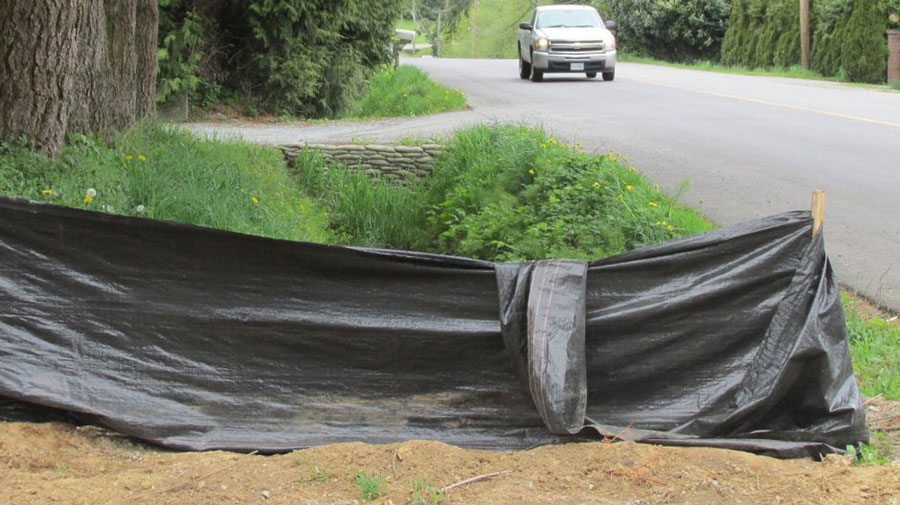
Construction sites can be a significant source of soil erosion and sedimentation, which can cause pollution to nearby waterways, degrade habitats, and even harm aquatic life. Fortunately, there are several best management practices (BMPs) that can be implemented to minimize erosion and sedimentation. One of the most effective BMPs is the use of silt fencing.
Silt fencing, also known as sediment control fencing, is a temporary barrier made of geotextile fabric that is designed to filter and contain sediment-laden runoff from construction sites. The fencing is usually installed around the perimeter of the site, but it can also be used in areas where soil disturbance occurs, such as around excavations, ditches, and slopes.
Here are some of the advantages of using silt fencing on construction sites:
Minimizes soil erosion: The primary purpose of silt fencing is to minimize soil erosion by preventing sediment-laden runoff from leaving the construction site. The geotextile fabric used in silt fencing is designed to trap sediment and allow clean water to pass through. This helps to prevent soil particles from being carried away by stormwater and reduces the amount of sedimentation that enters nearby waterways.
Protects water quality: The sediment-laden runoff from construction sites can be a significant source of pollution to nearby waterways. By trapping sediment and preventing it from entering the water, silt fencing helps to protect water quality and preserve aquatic habitats.
Easy to install and maintain: Silt fencing is relatively easy to install and maintain, making it a cost-effective BMP for construction sites. The fencing can be quickly deployed around the perimeter of the site or in areas where soil disturbance occurs. It also requires minimal maintenance, typically consisting of periodic inspections to ensure that the fencing is in good condition and functioning as intended.
Versatile: Silt fencing is a versatile BMP that can be used in a wide range of construction site conditions. It can be used on flat or sloping terrain, in areas with heavy rainfall or in areas with low water flow. Additionally, silt fencing can be used in conjunction with other BMPs, such as sediment ponds or straw bales, to provide additional protection against soil erosion and sedimentation.
In conclusion, silt fencing is a highly effective BMP that can help to minimize soil erosion and protect water quality on construction sites. By trapping sediment-laden runoff and preventing it from entering nearby waterways, silt fencing helps to preserve aquatic habitats and reduce the impact of construction activities on the environment. Moreover, its ease of installation and maintenance, versatility, and cost-effectiveness make it a popular choice among construction site managers and contractors.